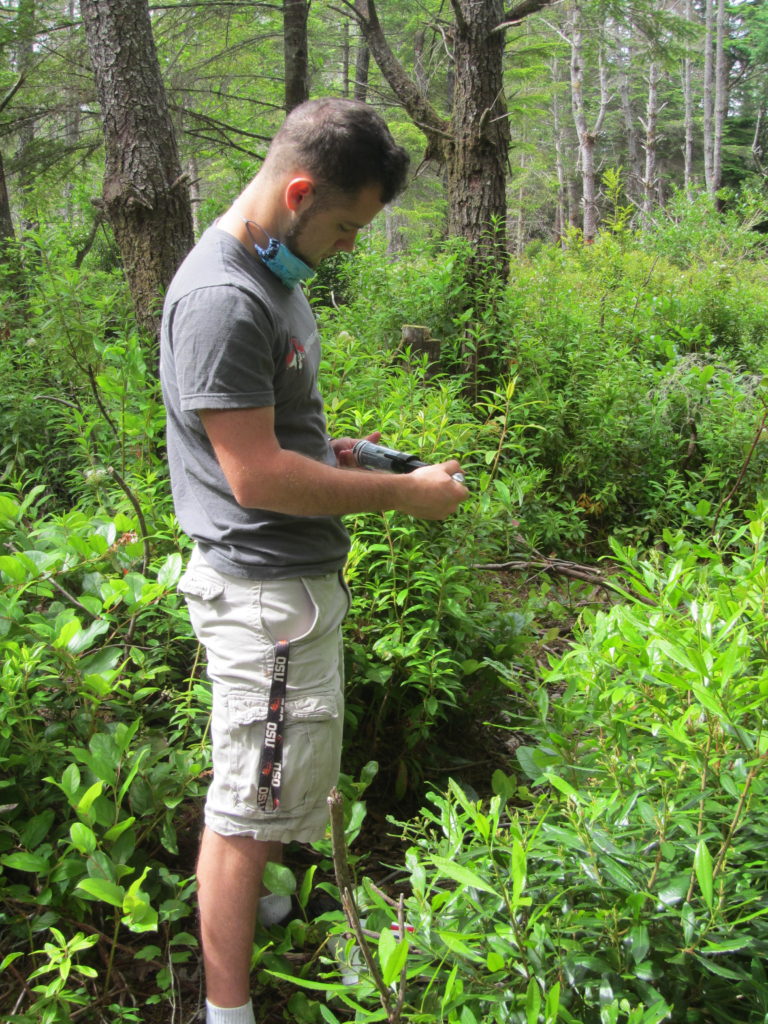Since my last blog post, I have spent much of my time coordinating and preparing for summer science camps at the South Slough. After assisting in the first summer camp two weeks ago, which was virtual, I have worked closely with my mentor, Jaime Belanger, and other members of the education team to create activities for the next camp, which is an in-person camp that starts this upcoming Tuesday, the 14th. Due to regulations intended to prevent the spread of Covid-19, preparations for this camp have been very tedious. It was only yesterday that we finally worked out every last detail regarding how to sanitize all the materials and environments that the children in the upcoming camp will interact with on a continuous basis. Although COVID-19 has limited what our education team can do with the kids at camp, it has also forced us to be adaptable and creative in this time, which in my opinion, is going to be helpful in the long run.
Though I have been working on logistical planning for much of the past two weeks, I have also had the opportunity to assist in upland forest biomonitoring in that time, lead educational hikes through the South Slough Estuary, and continue my work on an extensive plant identification guide for the South Slough. This variety is more indicative of my daily-routine (or weekly routine) at the South Slough. During a given week, I usually spend time assisting the science team conduct fieldwork near the OIMB, coordinating events for the South Slough education team, and working on projects (such as the plant identification guide) at the South Slough Visitor’s Center. My hours and location vary with the day, but all of my work so far has been in-person. I work Tuesdays-Saturdays with work days that are usually around 8 hours, though some days require longer hours and some require less. On days that I assist the science team conduct fieldwork that is dependent on the tide, my day may start very early in the morning or end late in the evening.


One special aspect of my work has been that whether I am at the Visitor’s Center or out in the field, I always have the opportunity to be active during these strange times. When I’m in the field, I often go home physically exhausted (which is a good thing!) and when at the Visitor’s Center, I always have the opportunity to hike trails or collect materials out in the marsh if I start feeling antsy from computer work.
Another special aspect of working at the South Slough is that within the education team, I feel like an important member. While I am an intern and am directed to take care of various tasks, I am also given much freedom to influence the educational materials and camps as I like. I speak with my mentor and the other team members frequently every day. I also participate in team meetings and feel grateful that the ideas I come up with are not only considered, but also often implemented. Overall, my time so far at the South Slough has been great. I have been learning valuable skills while getting to do lots of fun work! It’s awesome!


What a great window into daily life at SSNERR. I’m really glad to hear that you are integrating into the team and getting to be involved in so many aspects of the organization. Flexibility and adaptability are such important skills to learn – not only for science, but overall. What’s the most creative solution you and your team have come up with so far this summer?
We feel very lucky to have Lucas working with us this summer! His flexibility and willingness to help in different areas has been especially valuable. He is applying creativity, knowledge and learning to support essential programs at the Reserve and making meaningful contributions to all of the work.
Sarah,
I would say one of our more creative ideas in our last camp was, when on hikes, we would mark areas with flags for kids to observe one at a time. This helped prevent the children from bunching together when we wanted to point something out worthy of observation.
Thanks!